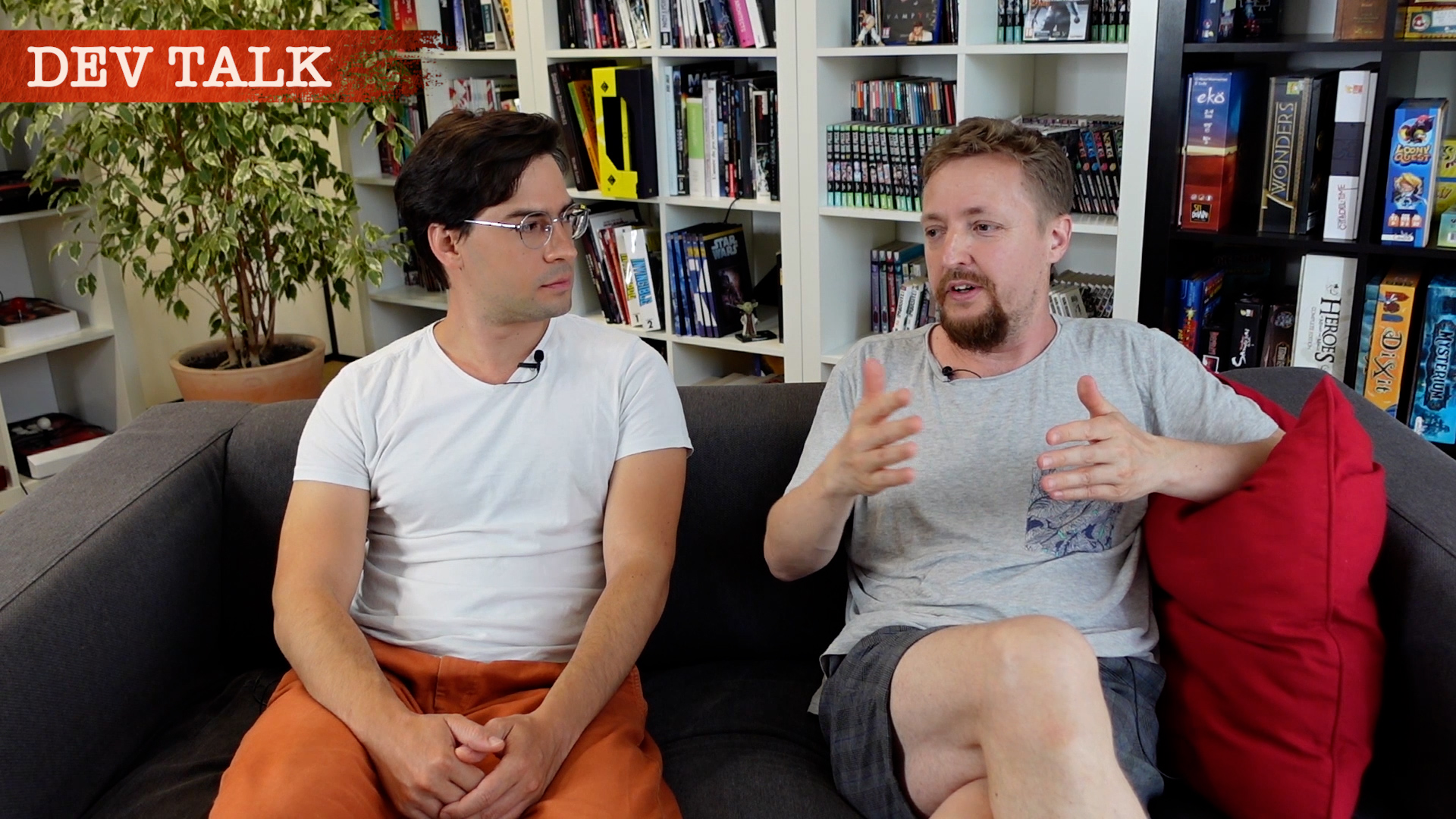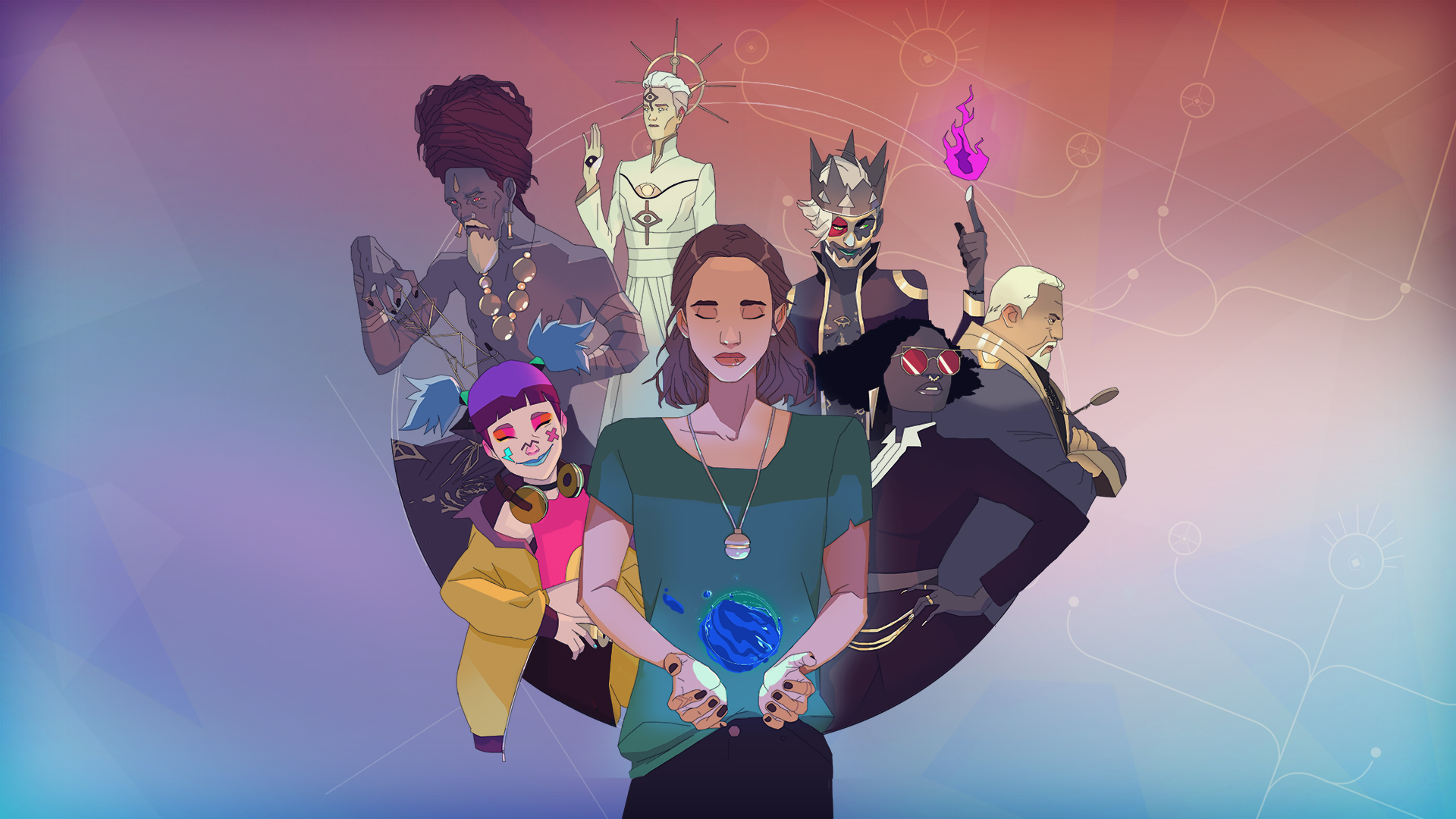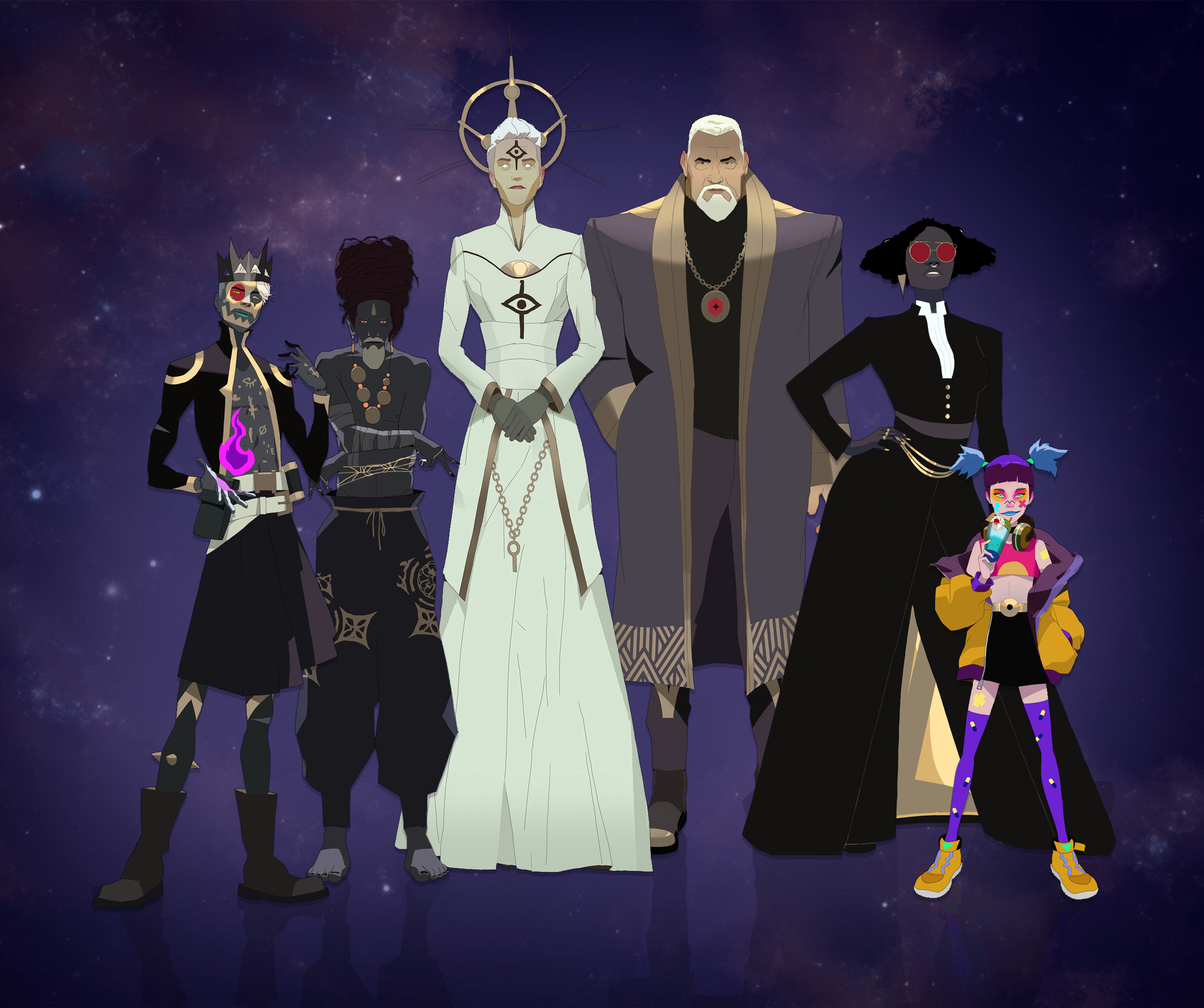We talk again with Bird Island about all things Gerda

Gerda: A Flame in Winter has been out for eight months already (time flies!) and has had rave reviews from critics, so we thought it would be a good time to let you into the world of Bird Island (formerly PortaPlay) once again.
We talked to Hans Von Knut Skovfoged, the CEO and Creative Director, and Shalev Moran, the Lead Designer, about how the game came about, how they navigated such a serious subject matter, why they chose Tinglev as a setting, and more on the characters that populate this small village.
What was your motivation when you decided to tell the story of Gerda?
HANS: We are trying to make a game where you are put in the shoes, not of a hero or heroine, but of a normal person experiencing normal, everyday life, but in a very special situation where everything is on edge. There are so many stories about people in conflicts, normal people who have done extraordinary things. We call them the silent heroes whose songs have never been sung, stories which never have been told because they didn’t have enough explosions in them or enough dead people in them. But these stories, we think, are as interesting and a great piece of drama, because when you’re faced with extraordinary challenges as a totally normal person, then, of course, how do you react? Those can more easily be understood.
We can see hero movies and hero games where people do extraordinary, courageous things. But you and I might not be so courageous in real life, and to make a game about a totally normal person also means that we maybe better understand why people do not always do the courageous thing or do the violent or the heroic act.
SHALEV: Behind the scenes we sometimes call our game an actually brutal game. When we think about brutal games, we usually think about games with blood and guts and explosions, while they are actually cozy power fantasies. But Gerda: A Flame in Winter is actually brutal in the sense that it puts you in the shoes of a normal woman that still has to face challenges that people in our world actually face. And we think that the players will be challenged in places where they don’t have the perfect solution and they still have to somehow carry through.
How do you begin to approach such a serious subject matter?
HANS: Well, I mean, for one, we do some research. I won’t say we are historians. Neither are we librarians. But we are trying to do research on the matter to figure out what the interesting themes and conflicts were at that time. We don’t do historically correct games as such. We add fantasy and fiction to the settings and the situations. So we make a lot of things up. But by going in and researching, we often find very interesting things going on that we couldn’t have dreamed of otherwise. For example, this whole idea about a village which is being occupied, but where half of the population sees it as being liberated from the evil Danes. It’s something which can be hard to make up on the fly. So we see this as a great source of inspiration to do interesting stories.
Also, when we do research, we make sure that the characters and the individuals and the situation are plausible. But then, of course, we mix a lot of situations from other events, from other areas to make sure we have a game which is interesting because real life has a lot of boring bits in it, of course, and we are condensing it to a more dramatic, concentrated experience.
SHALEV: Another way we approach the serious subject matter is checking ourselves and being honest. So a lot of the discussions throughout the production, almost philosophical discussions where we check ourselves, is this challenge that we’re giving the player something that we ourselves find trivial. If it’s trivial, we get it out. We want to find the places where we feel that we don’t have the perfect answers. If we don’t have the perfect answers, it means it’s probably a good challenge for the players as well.
HANS: And that’s also one of the interesting things about being inspired by reality. And that is reality is rarely binary, it’s rarely black and white. If you really dive into to real life, then everything is kind of a gradual slider of doing good, doing bad, doing morally acceptable deeds, doing honorable deeds, being under pressure, acting for your own self-preservation, acting for the good of other people. But it’s never black and white. It’s always nuances. There’s always reasons for people doing what they’re doing.
Why did you choose to set the story of Gerda: A Flame in Winter in Tinglev, a Danish village at the German border?
HANS: The reason that we made the game take place in this little village of Tinglev is it’s a very small Danish town, but near the border of Germany, the population is half Danish and half German. And already before the war, there was kind of an ethnic conflict between the two groups. As the war erupts all of a sudden, not only is Denmark occupied by Germans, but also some areas which are occupied by Germany have a German population who are actually welcoming the Germans as liberators. This conflict between somebody who sees the occupational forces as occupiers and others who see them as liberators is an incredibly interesting setting for a game about choosing which side to take.
SHALEV: Early in the production, we took a trip down to that region to see those places, Tinglev and other areas. And we were struck by how quaint and peaceful the place looks, both the nature and the towns versus all of the tensions and the conflicts that arose in that area in that particular time in history. And we tried to bring this tension between the quaintness and the tension of war in our game.
Who is Gerda Larsen?
HANS: Gerda Larsen is the main character in our game. She is a nurse in her early twenties. Half Danish half German who has grown up in this area, but then moved away and came back after she got her nursing education. And she really is a peaceful and normal person. She wants a family. She wants a nice house. She wants to have a nice job where she can help people. She wants to live a life which is not extraordinary, but where she wants to feel safe and secure and do good. So a normal person like you and I. But sometimes even the most normal people are put into extraordinary situations where we cannot keep living our lives as we were used to. And that’s the situation she is in.
Who are the inhabitants of Tinglev? What characters can you encounter in GAFIW?
HANS: In Tinglev there are all kinds of characters, both people that we know and can recognize from our life in small villages, but also, of course, people that are a product of the conflict that the game is taking place in. They have of course, the village priest, who tries to bring the community together, but maybe has some non-orthodox ways of doing it. There’s the drunkard at the inn who hangs out on the corners and yells at passers-by, you know him from both the small villages but also the big cities. Sometimes he seems mad, but he might actually be the one who sees everything most clearly.
There’s the doctor who tries to help everybody. Well, maybe some more than others, depending on who he likes and who he doesn’t like. You know, the old doctor who is good but maybe his eyes are not as good as they were… And of course, all the children who run around and play and don’t have a care in the world, but still live in a time where their neighbor might be the enemy. So you will meet a lot of characters in the game who are, on one hand, like every other character in every other village or small town, but which, due to the current situation, have a little bit more at stake and maybe have a little bit more to say about each other.
To keep up with the latest news, follow us on Facebook, Twitter, and Instagram.
Give Bird Island a follow on their Twitter as well!




